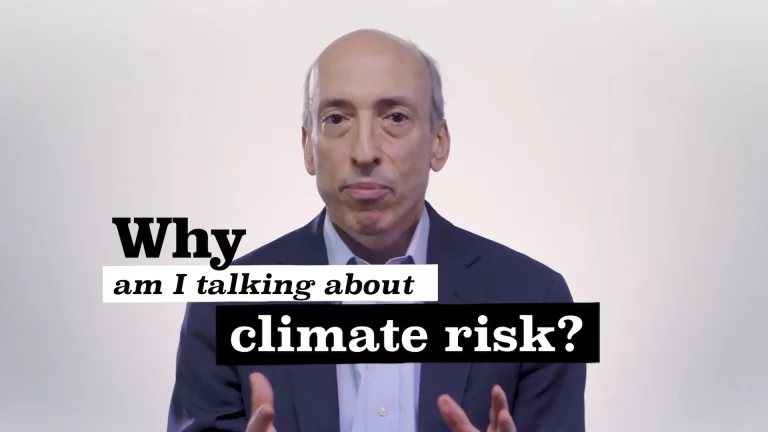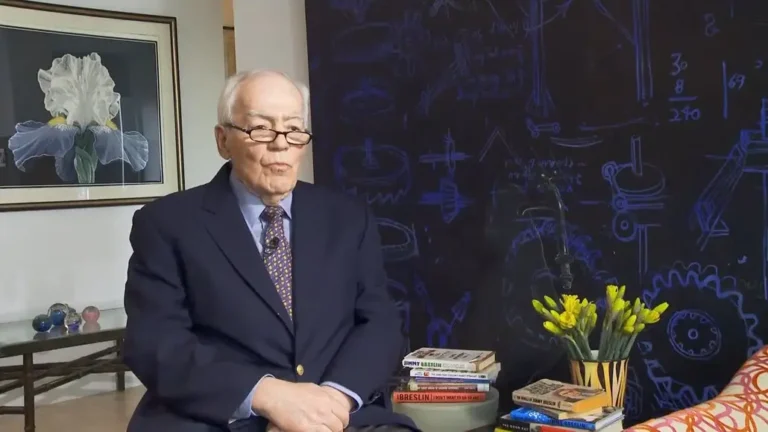Want To Be a Better Writer? Learn from Reporters
For PR people who want to improve their writing, start with journalism writing coach Roy Peter Clark’s new book, “Tell It Like It Is.”
Public relations people love reading books about press releases, but seemingly show little interest in the writing practices of reporters.
There’s “Writing Effective News Releases,” and even better, “How to Write Perfect Press Releases.” There’s “Beginner’s Guide to Writing Powerful Press Releases,” before you move up to “Press Release Power.” Thousands of books on PR include chapters on press releases.
A better way to learn is to study how journalists write. After all, the object of a press release is a news story. The release should be in language that reporters can use rather than rewrite. You’re more likely to grab the attention of time-pressed reporters with clear, creative writing.
From the moment reporters start working on a story, they think about how they’ll write it. Story structure influences the reporting. Good reporters have a list, sometimes only in their heads, of what they need to tell the story and what would be nice to have. Knowing that list helps you think like a reporter, a key to effective public relations.
For PR people who want to improve their writing, there’s no better place to start than with books by Roy Peter Clark, including “Tell It Like It Is,” published last month. He highlights many of the tips and insights we share with our clients.
He’s a senior scholar at the St. Petersburg, Florida-based Poynter Institute, the journalism training organization, where he’s worked since 1979 and taught thousands of journalists. This is his seventh book on writing published by Little, Brown & Co. In all, he’s authored, co-authored or edited 20 books.
“By some accounts,” Clark has joked, he’s “America’s writing coach.”
“I have my eye on world domination,” he says in an email, noting that his books have been translated into eight languages.
Telling stories
The book, just 269 pages, is divided into three sections. In the first, called, “Civic Clarity,” he tackles some basic problems, including writing about complex topics. This is a common challenge that corporate communicators face as stories get packed with so many details the message is lost.
Corporate communicators will be particularly interested in Clark’s second section on storytelling.
But what is storytelling? About 97,000 people on LinkedIn say they are storytellers, according to a recent search. To many comms people, it’s anything that’s a narrative; anything that’s not a press release. Clark thinks storytelling is something more.
“The purpose of a story is not to convey information but to capture experience,” he writes. “You are not creating a story unless you are helping the reader or viewer or listener feel what it is like to be there. That effect can only be produced from tested strategies: details that define character; action delivered in a sequence of scenes; dialogue, rather than simple quotes or sound bites; a purposeful variety of points of view.”
(As you can tell, he’s a fan of the semicolon, which he compares to a “swinging gate.” It requires you to pause before walking through.)
Broad readership aim
Clark illustrates his book with examples from a wide range of sources: the instructions on a home COVID-19 test; Kathryn Schulz, staff writer for The New Yorker; a guide for young visitors to the James Museum of Western & Wildlife Art in St. Petersburg; Jennifer Senior and Ed Yong, staff writers for The Atlantic; and the student news site of a St. Petersburg high school.
When “writers capture my attention, I always ask the question, ‘How did they do it?’” he writes. For Clark. It probably makes visiting a museum, reading a children’s book or testing for COVID…interesting.
The wide range of sources underscores a key point. While journalists provide most of his examples, he’s written the book for a wider audience, which he calls public writers.
“’Tell It Like It Is’ offers support to public writers and aspiring public writers—to any writer who wants to perfect their craft for the common good,” he writes.
The book’s title, borrowed from a 1966 song sung by Aaron Neville, emphasizes the importance of honesty and candor, the title of the book’s final section.
Public writers include not just journalists, but researchers, scholars, speech writers or advocates, the book says.
“During the pandemic, for example, we needed not just journalists, but whole teams of public writers to get us where we needed to go,” Clark writes in an email.
PR people
And public relations people?
“I am not sure the initials PR appear in any of my books,” he said in an email. “That’s because those initials have a bad connotation in journalism circles where I used to hang out.”
He’s never agreed with that view, he says, and offers this job description for public relations people who are “public writers.”
“The key to making this work has to do with ‘primary loyalty,’” he writes in the email. “If you are writing as a representative of any significant institution, your first loyalty has to be to the public, and not to your employer. Excellence in craft means little without an attachment to a higher purpose: health, community, education, safety, self-governance, democracy. All public writers have a chance to use clear language as a tool, with civic clarity as a result, and public understanding as a benefit.”
That’ll seem like a tall order to many public relations pros, but we’ve seen first-hand that organizations can achieve that goal.
Tom Corfman is a senior consultant with Ragan Consulting Group, where he directs RCG’s Build Better Writers program. While Roy Clark asks, “How did they do it?” when he sees good writing, Tom also asks the same question when he sees a piece of bad writing.
Contact our client team to learn more about how we can help you with your communications. Follow RCG on LinkedIn and subscribe to our weekly newsletter here.







